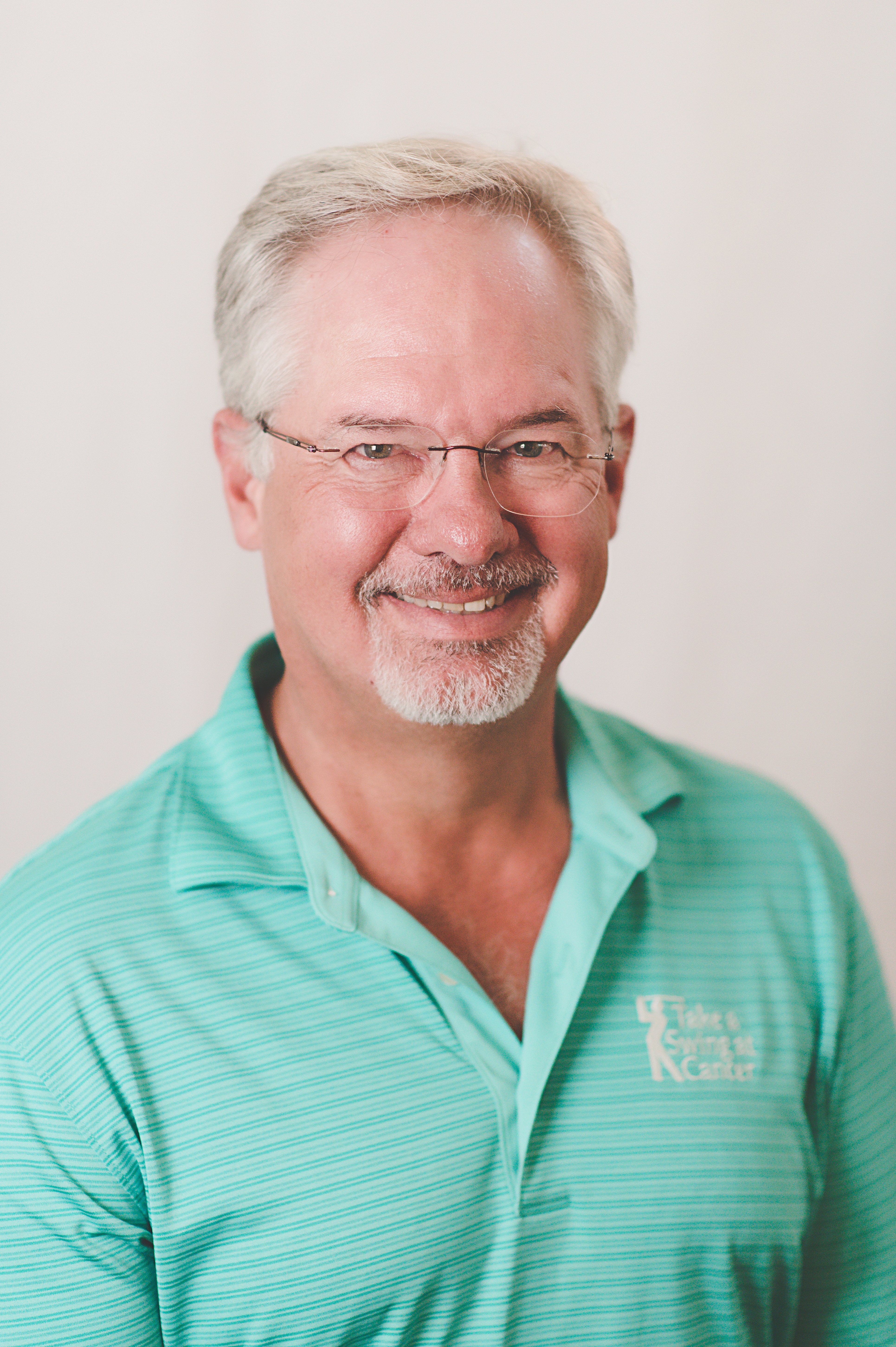



Summary
If you struggle with sleep apnea—or with using CPAP—here’s something new to consider.
If you struggle with obstructive sleep apnea and find continuous positive airway pressure (CPAP) therapy ineffective, Inspire might be the answer you've been seeking.
What is Inspire?
The Inspire device is an implantable treatment specifically designed for patients who have tried and failed CPAP therapy. Obstructive sleep apnea is characterized by repeated airway obstructions during sleep, often due to the relaxation of throat muscles, leading to breathing difficulties. While CPAP uses positive pressure to keep the airway open, Inspire takes a different approach.
How Does Inspire Work?
Inspire stimulates the hypoglossal nerve, which supplies the tongue muscle with nerves, pulling the tongue forward to keep the airway open. The device activates the nerve each time it detects an attempt to inhale.
The device’s components include a neuro-stimulator implanted on the chest wall, a wire electrode around the hypoglossal nerve, and a sensing lead placed between the ribs.
This setup functions similarly to a pacemaker, delivering gentle pulses to activate the genioglossus muscle, thus preventing airway collapse.
Patients control the device with a handheld remote, turning it on before sleep and off upon waking. It features programmable parameters like latency (delay before activation, typically 30 minutes) and duration (usually eight hours, adjustable for longer sleepers).
The Surgical Procedure
The implantation surgery is performed under general anesthesia and typically takes anywhere from 30 minutes to three hours. It is a safe procedure with low risk and suitable for outpatient settings. Most patients resume non-strenuous activities within days after the procedure.
Cost Considerations
The Inspire device does come with significant cost considerations. The device itself costs approximately $25,000, and total procedure costs, including hospital and doctor fees, range from $30,000 to $40,000.
The vast majority of U.S. insurance providers – including Medicare, Veterans Affairs (VA) and major commercial carriers – cover Inspire therapy for those who have tried and struggle with CPAP. If you have U.S. commercial insurance or Medicare Advantage, it’s best to check directly with your insurance company to confirm your coverage information for Inspire therapy.
Because of the high cost, insurance precertification is often necessary, as out-of-pocket payment can be prohibitive for many patients.
Patient Selection & Prerequisites
Before implantation, several prerequisites must be met to ensure suitability. A sleep study is required to demonstrate obstructive sleep apnea, with an apnea-hypopnea index (AHI) between 15 and 100, indicating moderate to severe obstructive sleep apnea. Patients must also have tried and failed CPAP therapy, either because of intolerance or ineffectiveness.
A critical step is the drug-induced sleep endoscopy, a quick procedure using a flexible fiber scope to observe throat movement during induced sleep. This assesses the pattern of airway collapse.
Anterior-posterior collapse (front-to-back) indicates a good candidate for Inspire, as it correlates with tongue-level obstruction.
Conversely, circumferential collapse (all-around like a purse string) suggests an implant would achieve a poor outcome, and such patients are not offered the device.
Additionally, concurrent procedures may address other airway issues, such as nasal obstructions or enlarged tonsils/uvula, to optimize overall airway function.
Post-Implantation Process & Programming
After surgery, patients wait approximately one month for wound healing before device activation, typically conducted in a sleep lab.
The activation process involves gradually ramping up stimulation levels to achieve the desired effect, ensuring comfort and efficacy. The device is programmable, allowing adjustments to latency and duration, with latency set to allow patients to fall asleep before activation (around 30 minutes) and duration set for typical sleep length (for example, eight hours; it is extendable for longer sleepers).
Good Results
The efficacy of Inspire is notable. Here at North Mississippi Medical Center in Tupelo, more than 90% of patients achieve control of their obstructive sleep apnea using the device alone.
This figure is higher than some clinical trial results, which show 66% achieving an AHI below 20 after 12 months. Whatever the reason behind our positive results (whether it’s our surgical techniques or that we do a better job selecting appropriate patients), the company behind Inspire is interested in replicating our methods at other facilities.
Risks, Complications & Long-Term Considerations
Potential side effects and complications include infection at the implantation site, nerve damage, device failure and pain or discomfort. Rare instances require additional surgery to remove or replace the device. Dry mouth is also reported, similar to CPAP side effects.
Long-term outcomes are promising, with five-year data showing sustained effectiveness.
Maintenance involves periodic device checks and follow-up sleep studies to adjust settings for optimal performance. The device’s battery life is designed to last nine to 11 years before replacement, which requires an outpatient procedure.
Patient Experience
Patient experiences are generally positive, with many reporting improved sleep quality, reduced daytime fatigue and enhanced quality of life. Compared to CPAP and other treatments like oral appliances or surgical options like uvulopalatopharyngoplasty (surgical rearrangement of the tissues of the uvula, palate and the pharynx to open the upper airways), Inspire offers a less invasive, mask-free alternative.
Help is Here
The Inspire procedure offers relief for many people who have struggled with traditional therapies. If you or a loved one need help, it may be worthwhile to explore whether this innovative solution could be the right fit.

